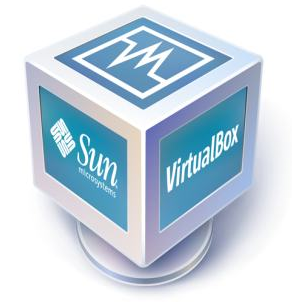VirtualBox Review

Previously, I’ve covered the process of optimizing a Windows installation for better performance, and making a customized copy of Windows using nLite. One of the common reasons that people need a stripped down copy of Windows is because they run Windows in a virtual machine.
For those of you who are not familiar with the concept, a virtual machine (VM) is an operating system installation (Linux, Windows, etc.) that runs as an application within a “host” operating system. Many Linux users use virtual machines to run Windows-only applications that cannot be properly emulated through WINE.
There are many virtual machine applications available on the market; available both for free and as shareware. These applications include VMWare, Parallels, Microsoft Virtual PC, and VirtualBox. VirtualBox truly has the upper hand, mainly because it is freely available. I personally like VirtualBox because of the fact that it is cross-platform, unlike most of the other freely available virtual machine applications. This means that a Mac or Linux user would have the same general experience as a Windows user. This makes it a truly versatile tool, ensuring the greatest overall compatibility down the road.
Using VirtualBox is by no stretch of the imagination a difficult process. Simply going through the configuration wizard allows you to create the “virtual machine” and “virtual hard drive”. After that, the process is as simple as installing your operating system like you normally would. You can even directly mount an ISO (disk image) file as a virtual CD drive, allowing you to install an operating system directly from your hard drive. This can come in great handy when you need to install a downloaded Linux distribution, or if you used nLite to create a customized Windows ISO. All in all, anyone who can install an operating system can easily create a virtual machine.
Once the virtual machine has been configured, you simply select it from the list and select the “Start” button from within the VirtualBox application. From there, you are simply brought into your “guest” operating system, and can work in it just like you would a normal operating system.
All in all, I feel that VirtualBox is a superior virtual machine application for everyday use. Personally, I feel that the implementation of a web-based control panel, similar to that of VMWare server, would make it a lot better in the server virtualization field. However, in the end, I feel that it is intended towards desktop (non-server) users, and that this feature isn’t a necessity; especially for a free product. I also feel that VirtualBox makes the virtual machine creation process super easy, which ultimately means that more people can take advantage of virtual machine technology. Lastly, and most importantly, VirtualBox has gained a reputation for having an excellent support site filled with documentation and troubleshooting information.
VirtualBox is created and maintained by Sun Microsystems, and can be downloaded from virtualbox.org.
As always, don’t hesitate to visit the forums or live chat if you have any questions or difficulties with virtual machines, or anything tech-related.